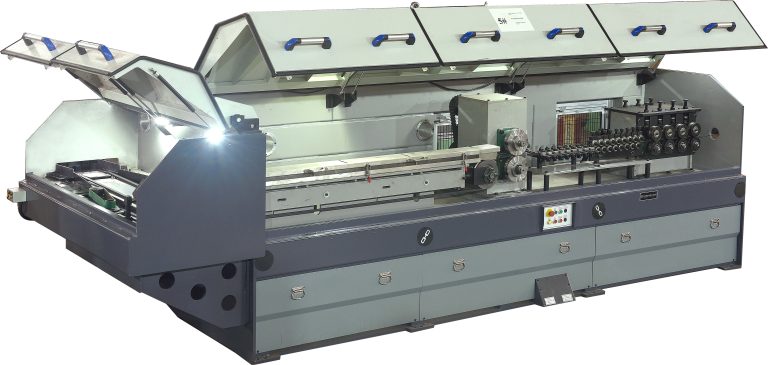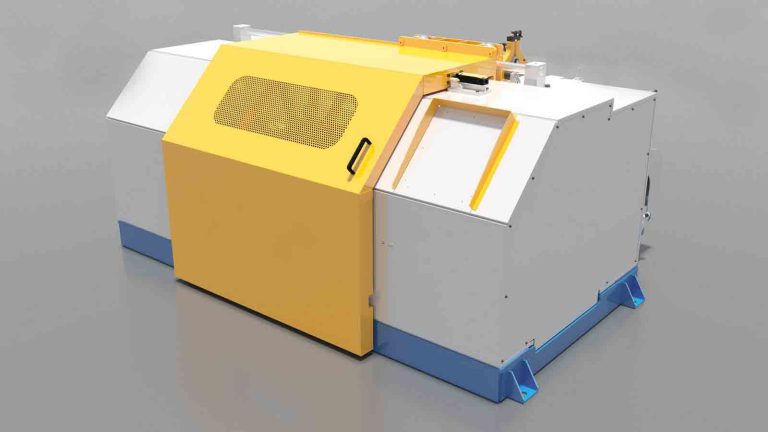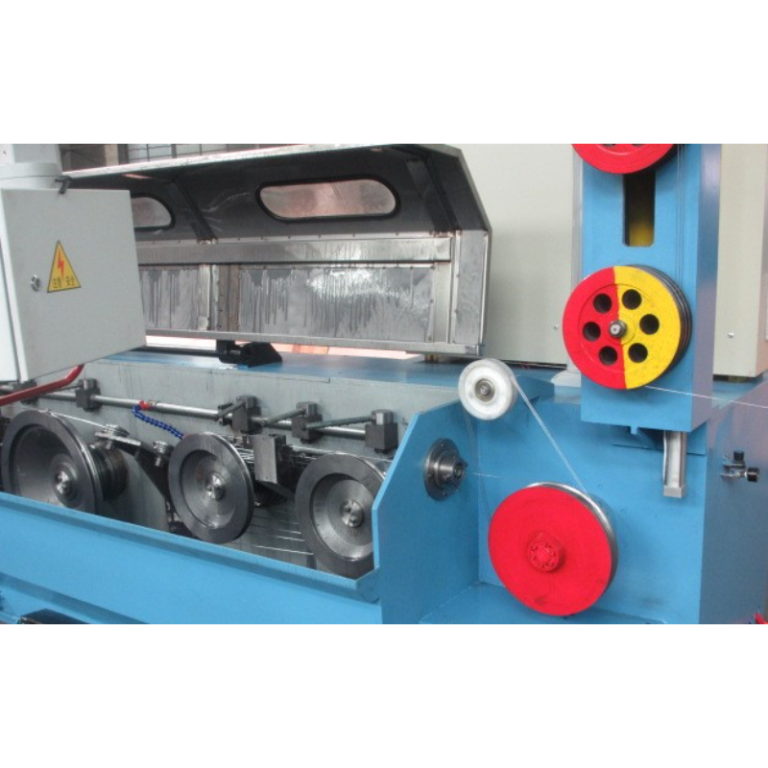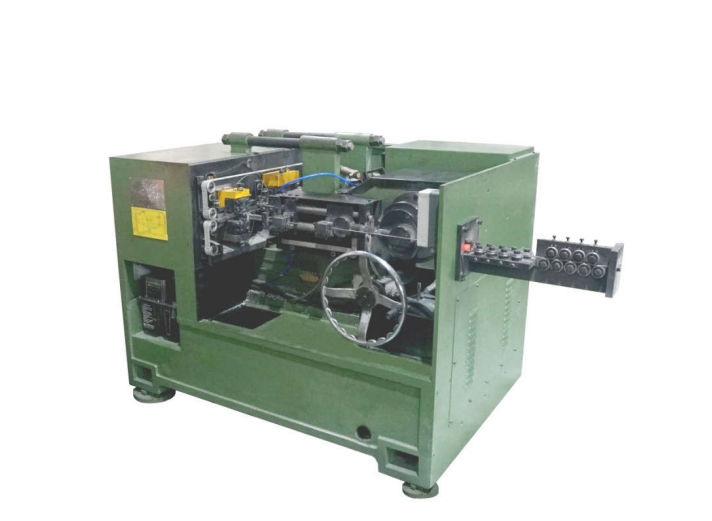Exploring the History and Techniques of Horizontal Drawing
The art of drawing has been a fundamental form of expression for centuries, with artists using various techniques to create stunning works of art. One such technique that has gained popularity over the years is horizontal drawing. This method involves drawing on a horizontal Dead Block Coiler surface, such as a table or easel, rather than the traditional vertical surface of a wall or canvas.
Horizontal drawing offers a unique perspective for artists, allowing them to see their work from a different angle and approach it in a new way. This technique can be particularly useful for artists who struggle with traditional vertical drawing, as it allows for greater control and precision in their strokes.
One of the key benefits of horizontal drawing is the ability to work on a larger scale. By drawing on a horizontal surface, artists have more room to spread out and create larger pieces of art. This can be especially helpful for artists working on detailed or intricate drawings, as it allows them to see the entire piece at once and make adjustments as needed.
Another advantage of horizontal drawing is the ability to work with different materials. While traditional vertical drawing often requires artists to use specific tools and materials, horizontal drawing allows for more flexibility in the types of materials that can be used. This can open up new possibilities for artists looking to experiment with different mediums and techniques.
In addition to its practical benefits, horizontal drawing also has a rich history in the art world. Artists have been using this technique for centuries, with famous painters such as Leonardo da Vinci and Michelangelo known to have worked on horizontal surfaces. These artists recognized the unique advantages of horizontal drawing and used it to create some of the most iconic works of art in history.
To achieve success with horizontal drawing, artists must master the techniques and skills required to work on a flat surface. This includes developing a steady hand, precise control over their strokes, and an understanding of how to create depth and perspective in their drawings. Practice is key when it comes to mastering horizontal drawing, as artists must spend time honing their skills and experimenting with different techniques to achieve the desired results.
One common challenge that artists face when working on a horizontal surface is the Dead Blocks. This term refers to the area of the drawing that is directly in front of the artist, which can be difficult to see and work on effectively. The dead block can make it challenging for artists to create a cohesive composition and can lead to frustration and dissatisfaction with their work.

To overcome the dead block, artists can use a variety of techniques and strategies. One approach is to work on the drawing from different angles, moving around the surface to get a better view of the entire piece. Artists can also use mirrors or other reflective surfaces to help them see the dead block more clearly and make adjustments as needed.
Overall, horizontal drawing is a versatile and effective technique that offers artists a new perspective on their work. By mastering the skills and techniques required to work on a flat surface, artists can create stunning pieces of art that showcase their creativity and talent. With practice and dedication, artists can overcome challenges such as the dead block and unlock the full potential of horizontal drawing.






